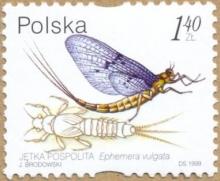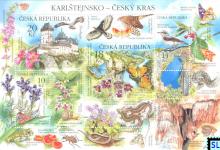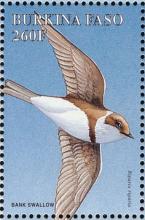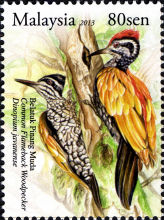Iconic mayfly populations have declined by as much as 84 percent
The emergence of Hexagenia limbata mayflies, throughout the Great Lakes and parts of the mid-Atlantic region, is nearly a religious event in angling circles. Each year in early June, these enormous mayflies blanket the landscape, emerging by the billions each night, smothering waterways, riverbanks, roadways and more with thousands of tons of trout-candy biomass. Not long ago, these historic and essential emergences were almost wiped out. By 1970, Hexagenia were gone from large swaths of the Midwest.









